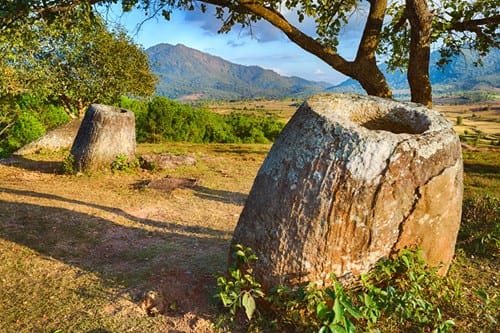Proudly boasting still wild nature and picturesque landscapes, we propose you an authentic discovery of Laos through one of the most mysterious places, the Plain of Jars, considered as 2000 years old and classified as a UNESCO World Heritage Site.
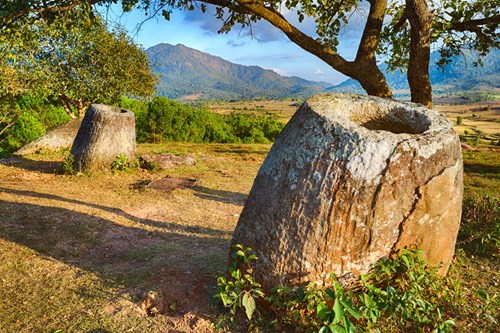
Located in the mountains of northern Laos, the Plain of Jars is home to a unique collection of vast ancient stone jars scattered throughout Xieng Khouang province. Listed as a UNESCO World Heritage Site as of July 6, 2019, it has over 90 sites with monoliths of various sizes.
Brief History
A unique pre-historic site, the Plain of Jars includes 1,325 jars crafted during the Late Iron Age period (500 BC to 500 AD). The stone models were constructed from sandstone, limestone, and granite. They range from 1 to 3 meters in height and can weigh up to 14 tons each.

Theories about the uses of the jars remain a mystery among locals and archeologists. The leading belief is that they were used to ferment rice wine, while local legend claims that giants once used the jars. Another theory is that it collected rainwater during the monsoon season or that the jars held human remains.
The Plain of Jars is one of the main attractions of Phonsavan and Xieng Khouang province, and attracts many visitors. Among the hundreds of jars spread over different sites, there are three main sites that are the most studied and visited in the area.
Plain of Jars – Site 1
Site 1, the closest to Phonsavan, is the largest, most accessible and most visited site on the Plain of Jars. It has many unique features, including one of the largest jars and a cave that would have been an ancient crematorium.
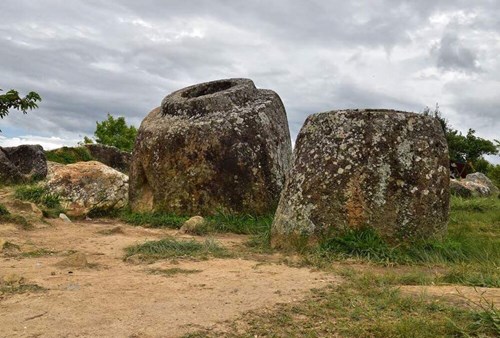
Also, there is a visitor center at the entrance, providing information and history about the Plain of Jars, its importance during the Second Indochina War (1955-1975), and a community handicraft shop.
Plain of Jars – Site 2
Here, many jars have been damaged by roots due to time and nature, while others have been completely broken by their forest environment. Compared to Site 1, this one is also greener, and with a spectacular view from the top of the hill of the green rice fields.
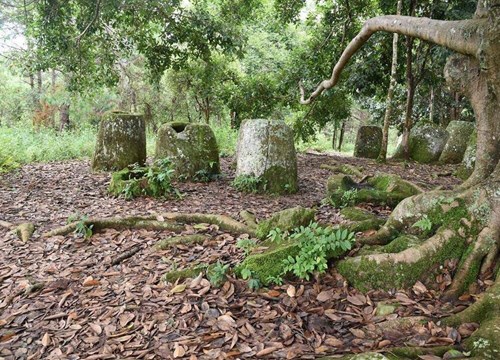
Plain of Jars – Site 3
Jar site 3 is similar to site 2, also surrounding a grove. However, the jars are less uniform and more rectangular than those at site 2. A unique aspect of this site is that the jars are in a slightly elevated position relative to the surrounding countryside.
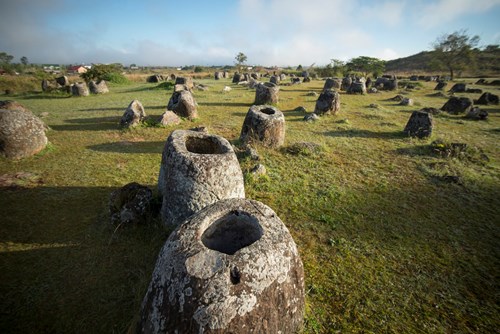
From its construction and preservation to its mysterious history, the Plain of Jars is one of the most important archaeological sites in Southeast Asia, and a perfect example of Laos’ fascinating cultural heritage.
